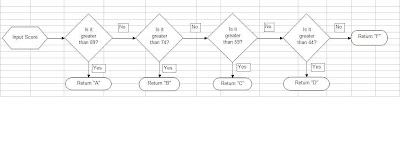The first Unix command would be the
MAN, which allows us to access the manual to all of the unix commands. This code can related to windows because when you use access the control panel you can do pretty much anything you need to with the basic components of the PC and acts as sort of a manual for your computer.
The second Unix command would the the
CLEAR command, which allows you to clear you page and gives you a fresh start. This can best be related to the Delete or Backspace command on Windows. You can clear information and start with a fresh slate with the delete and backspace key.
The third Unix command would be the
CD command, which allows you to move from directory to directory. This relates to moving from folder to folder by click with Windows. We can access different files from different folders by clicking on one folder which leads us to the next. For example, a folder on your desktop would be a directory within a directory.
The final Unix command is the
EXIT command, which allows you log out of the remote systems. The component in Windows that allows you to relate to this is the Log Off feature with allows you to log out of your profile. You could even just turn your system off and that would exit the system as well.

